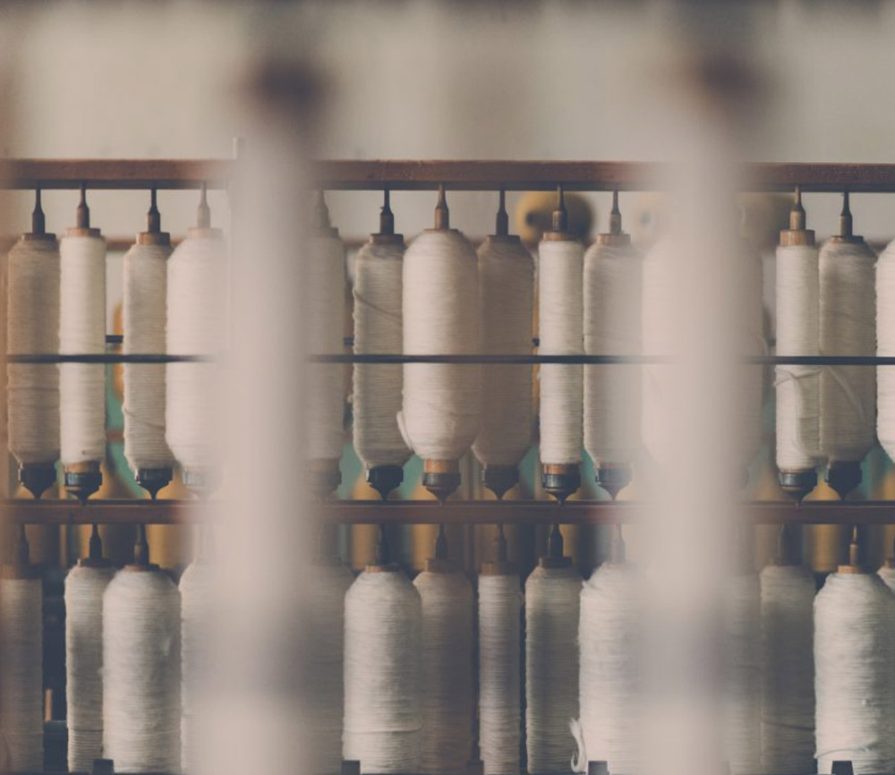TMG: bridging innovation and sustainability The - Fabrics
Innovation is increasingly paving the way for the textile industry to engage in more sustainable processes. Portugal’s TMG merges cutting-edge technology with a reduced ecological impact right from the product design stage, using digital tools to “assist” in the process.
TMG Textiles has seen uninterrupted growth since its founding in 1937. Originally specialized in shirtings and cotton fabrics, this family-run business has risen to become one of the leaders in the European fabric industry. Diversification is now a central element in the manufacturer’s development, ensuring it can provide each customer with a vertical, customized service, from textile design to garment manufacturing. Weaving, knitting, development of high-performance fabrics, dyeing and finishing are all developed in-house. This vertical approach guarantees compliance with social and environmental standards throughout the value chain.

Along with the traditional textile certifications, TMG Textiles has undertaken to limit its environmental impact through the rational use of energy, natural resources and raw materials. The latter include a growing percentage of recycled materials and are moving towards ever greater sustainability. Modernized processes have also allowed the company to reduce its CO2, industrial effluent and waste emissions.
In line with this global approach, the company invested early on in innovation and technology. Today, TMG offers its customers a variety of digital tools to be used alone or in combination according to each client’s needs.
The first step is digitizing the fabric collections. All the company’s fabrics can be viewed in its online showroom, which also offers product-customization services. This online platform lets designers of fashion brands create their own patterns, run online simulations, and order samples directly.
The second digital design tool allows garments to be modelled in 3D. This is a method that is used increasingly in studios to give an idea of what the actual shape and volume of a garment will look like. Thanks to a dedicated team at TMG, the digitized textures of the woven and knit fabrics are imported onto the virtual models. These simulations give customers a very clear idea of the volume of the pieces together with each fabric’s look and behavior – its transparency, fall, drape and more.
These innovations reduce and sometimes even eliminate the need for physical prototypes, even when it comes to choosing color variations. These tools are part of an eco-design approach for the fashion sector and help meet the ever-growing demand for customized collections.
